Whether you're training for a cycling event, a triathlon, or a long mountain bike ride, choosing the right energy gel can make all the difference to your performance and prevent fatigue. In this article, you'll learn how to use energy gels at the right time, optimize your energy intake, and ensure digestive comfort thanks to natural formulas specifically designed for endurance.
Energy gels and cycling endurance
At Mulebar, we create 100% natural energy gels that are ultra-fluid and easy to swallow during exercise. Perfect for endurance sports like cycling, mountain biking, or triathlon. Our gels offer a mix of fast-release carbohydrates (rice syrup) and slow-release carbohydrates (agave syrup) for instant energy that lasts. Unlike energy bars, they are digested much faster, so the boost is felt in just a few minutes.
Energy gel or energy bar for prolonged exertion?
Thanks to its liquid texture, an energy gel is absorbed in just 5 to 10 minutes, making it the ideal ally before a climb or sprint. Energy bars, being more solid, require about 20 minutes to release their energy. To preserve your muscle glycogen stores and maintain your performance, aim for 30 to 60g of carbohydrates per hour, the equivalent of one gel every 30 to 60 minutes.
Splitting your intake significantly improves digestion: take a third of a tube every 10-15 minutes rather than a whole gel at once. This technique minimizes insulin spikes, reduces post-exercise fatigue, and prolongs your endurance. Try our natural energy gels to easily adopt this gradual approach.

How to consume without digestive discomfort?
The key to using energy gels effectively and without discomfort? Always take a sip of water right after each serving. This facilitates absorption, cleanses your palate, and prevents digestive issues, which is especially important in hot weather. Never take an energy gel without water, regardless of the intensity of your workout.
Always experiment with your products and strategy during training before competition: every athlete reacts differently to textures, flavors, and carbohydrate concentrations. Some can tolerate a gel every 30 minutes, while others prefer to space them out to 45-60 minutes, depending on their metabolism, the outside temperature, and the intensity of the effort. That's why it's also advisable to consume a gel in several doses, provided it's resealable.
Be proactive with your energy. Don't wait until you feel tired or have heavy legs to take an energy gel. Consume them regularly and 10-15 minutes before a challenging activity so that the carbohydrates are available precisely when the effort intensifies.
Choose natural ingredients
Opt for simple and transparent recipes: brown rice syrup for immediate energy, agave syrup for sustained energy, and fruit purees/concentrates for their polyphenols. Avoid preservatives, colorings, and unnecessary additives (vitamins, BCAAs, etc.), which are useless for occasional consumption and can disrupt your digestion during exercise. These additives are generally present in much higher quantities in your sports drink.
Energy gels: how to choose the right one
To select the ideal energy gel for cycling, focus on four essential elements:
- A consistency fluid enough for easy consumption; nothing is worse than a gel that is too dense or pasty, which gets stuck in the throat and requires drinking more water than necessary.
- A sufficiently high carbohydrate content for optimal energy intake according to your personal needs. Every athlete is different, so you need to create your own nutritional plan based on your training.
- The presence of electrolytes like sodium helps maintain hydration and compensate for mineral losses through perspiration. Mineral-enriched salt, such as Himalayan pink salt, provides more trace elements than regular table salt, promoting better electrolyte balance during exercise. This nutritional alternative effectively supports the body while boosting the performance of dedicated athletes.
- Practical packaging designed for sports activities. Easy to open without cutting your lips, resealable tubes for multiple doses...
These features ensure effective nutrition, improve performance and meet the specific needs of each runner, whether in road cycling, mountain biking or other endurance sports such as triathlon.
Carbohydrate dosage and caffeine use
Opt for gels containing 20 to 30g of carbohydrates per serving, combining fast-absorbing sugars for an immediate effect and slower-release sources for sustained energy. This mix ensures a stable energy supply without sudden spikes or drops, maintaining performance throughout the race.
Regarding caffeine, start with caffeine-free energy gels and then gradually increase to 50mg or 100mg doses towards the end of your run, depending on your tolerance. The caffeine in some gels boosts alertness, reduces the perceived exertion, and delays muscle fatigue. Even at low doses, its effect is noticeable. Always test this approach during training, as each athlete reacts differently to caffeine.
Use the 50mg caffeine gels for a mid-race energy boost, and reserve the 100mg coffee gels for the end of the race or for periods of extreme fatigue. This approach optimizes the effects without overdoing it. However, be careful about combining them with coffee and other sources of caffeine: exceeding 400mg/day can cause adverse effects.
Convenient packaging and eco-refill format
Choose resealable tubes to divide doses and avoid blood sugar spikes. One-handed opening is also a real advantage for cyclists and other endurance athletes. Did you know that Mulebar tubes are reusable? It's an excellent way to eliminate those single-use plastic tubes and sachets that are still too often found on the roadside.
Large-format refills and reusable silicone vials reduce plastic waste while lowering the unit cost of energy gels. Mulebar eco-refills cost 33% less than 12 individual tubes. You fill your containers before each ride, consume exactly the amount you need, and thus combine environmental responsibility, nutritional effectiveness, and comfort during exercise. Easily carry 2-3 60ml silicone bottles in your jersey, the equivalent of 4 to 6 gel tubes. Open, consume a dose, then reseal with one hand.

Energy gels: when to consume them
To maximize your performance in races or training, the timing of your energy gel consumption is crucial. Knowing when and how to take these energy gels, especially those containing caffeine, directly influences your endurance and resistance to fatigue. A good nutritional strategy can make all the difference during exercise.
Plan your intake during exercise
During a long outing of 3 to 5 hours, consume an energy gel every 30 to 60 minutes, depending on the intensity. Take it in small portions with a few sips of drink to aid absorption. Don't wait until you feel fatigued: anticipate key moments like a climb or a difficult section by taking your gel 10 to 15 minutes beforehand.
For efforts lasting more than 1 hour 30 minutes or in hot weather, combine your gels with a drink rich in electrolytes. Some athletes even dilute a gel in 500ml of water to create an isotonic drink – a practical tip that allows for a steady supply of carbohydrates while maintaining your muscle performance.
Energy gels: practical advantages and taste
Mulebar energy gels not only provide a steady energy boost, but also a simple and enjoyable user experience. With their antioxidant- or caffeine-rich formulas, reusable packaging, and delicious recipes, they transform sports nutrition into a tasty and eco-friendly treat, perfect for any athlete facing prolonged exertion.
Natural antioxidants and delicious taste
Our Mulebar antioxidant energy gels contain concentrated cherry or apple juice, naturally rich in antioxidants such as polyphenols. These compounds help combat oxidative stress related to exertion, promote muscle recovery, and improve performance in cycling, mountain biking, triathlon, or any other demanding endurance sport.
Innovative flavors like Coffee, Lemon-Ginger-Guarana, and Salted Caramel offer variety and encourage regular consumption of these gels during exercise. This habit helps prevent fatigue, maintains a consistent energy supply, and helps athletes perform at their best all the way to the finish line.
The alternative to energy fruit compotes
To diversify your nutrition during endurance exercise, energy fruit compotes offer an excellent alternative to energy gels. Their thicker texture and less sweet, more fruity flavor are particularly appealing to athletes looking for a compromise between solid and liquid foods. They provide a quick energy boost thanks to their carbohydrate content, essential during long-duration activities.

Compote versus gel for endurance
With their naturally fruity texture, fruit compotes have a less concentrated sugar content than energy gels, giving a more satisfying, "real food" feel, especially appreciated during long outings. They are absorbed between 10 and 15 minutes after ingestion, providing an energy boost as rapid as a gel.
When to choose energy-boosting applesauce
Fruit compotes are particularly well-suited to the early hours of an endurance event such as an ultra-trail race or a cycling tour, when the intensity remains moderate. Their convenient packaging makes them easy to consume, but the screw-top lid is less practical on hills or during intense efforts such as in a chase.
On the contrary, opt for energy gels during intense phases where you need an immediate energy boost. Their rapid absorption instantly provides the carbohydrates your muscles need.

Frequently Asked Questions
What is the best brand of energy gel for cycling and endurance?
Choosing a brand depends primarily on your needs: preference for natural ingredients, an easy-to-swallow texture, electrolyte intake, or convenient packaging. MULEBAR stands out with its 100% natural gels made from brown rice syrup, agave syrup, and antioxidant-rich fruit concentrates, enriched with Himalayan pink salt for optimal mineral intake.
Their resealable tube allows for gradual consumption, while their eco-friendly refillable format reduces plastic waste – ideal for cycling, mountain biking, or triathlon. We recommend testing several products during training to find the one that best suits your digestion, taste preferences, and resistance to fatigue during exercise.
How often should you take an energy gel while cycling?
The frequency of consumption depends on the intensity of the effort: plan for one gel every 30 minutes for a brisk pace, every 45 minutes for a moderate intensity, and every 60 minutes during an endurance ride. This strategy provides 30 to 60g of carbohydrates per hour, which maintains muscle glycogen stores and prevents fatigue.
For better digestion, divide your intake into small portions every 10-15 minutes, and remember to drink some water after each serving. This promotes nutrient absorption, maintains electrolyte balance, and reduces any potential sweet aftertaste. An essential tip for long cycling or trail runs!
When should I take a caffeinated energy gel during a long outing?
Reserve caffeine gels for strategic moments: before a difficult climb, during a race acceleration, or in the final kilometers before the sprint to combat mental and muscular fatigue. A 50mg dose provides a moderate energy boost, while 100mg is better suited to very intense efforts at the end of a race.
Avoid consuming it too early in your ride to ensure this stimulant remains effective when you truly need it. Test your tolerance during training, as caffeine sensitivity varies from cyclist to cyclist. Consider using gels containing natural antioxidants to support your body during prolonged exertion.

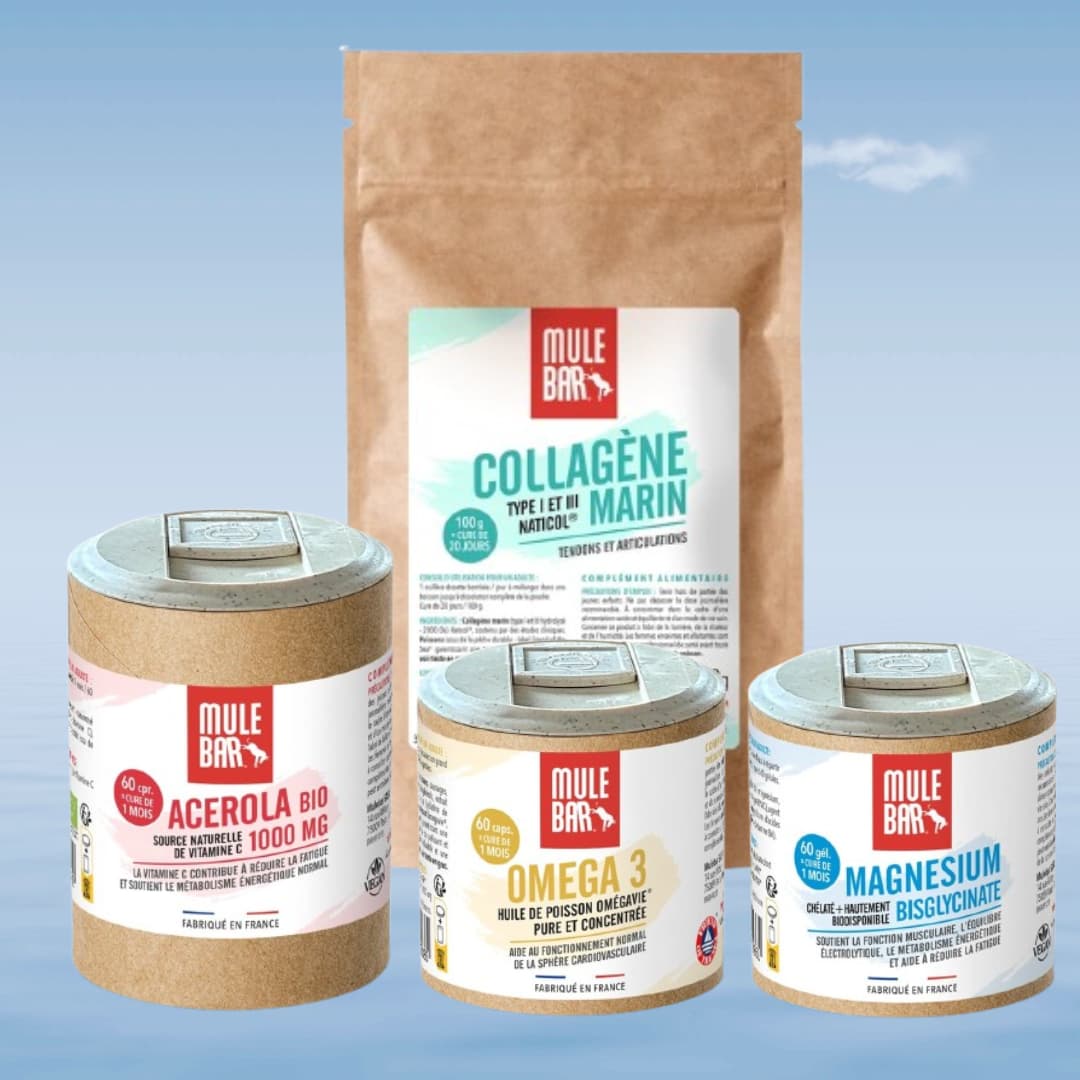
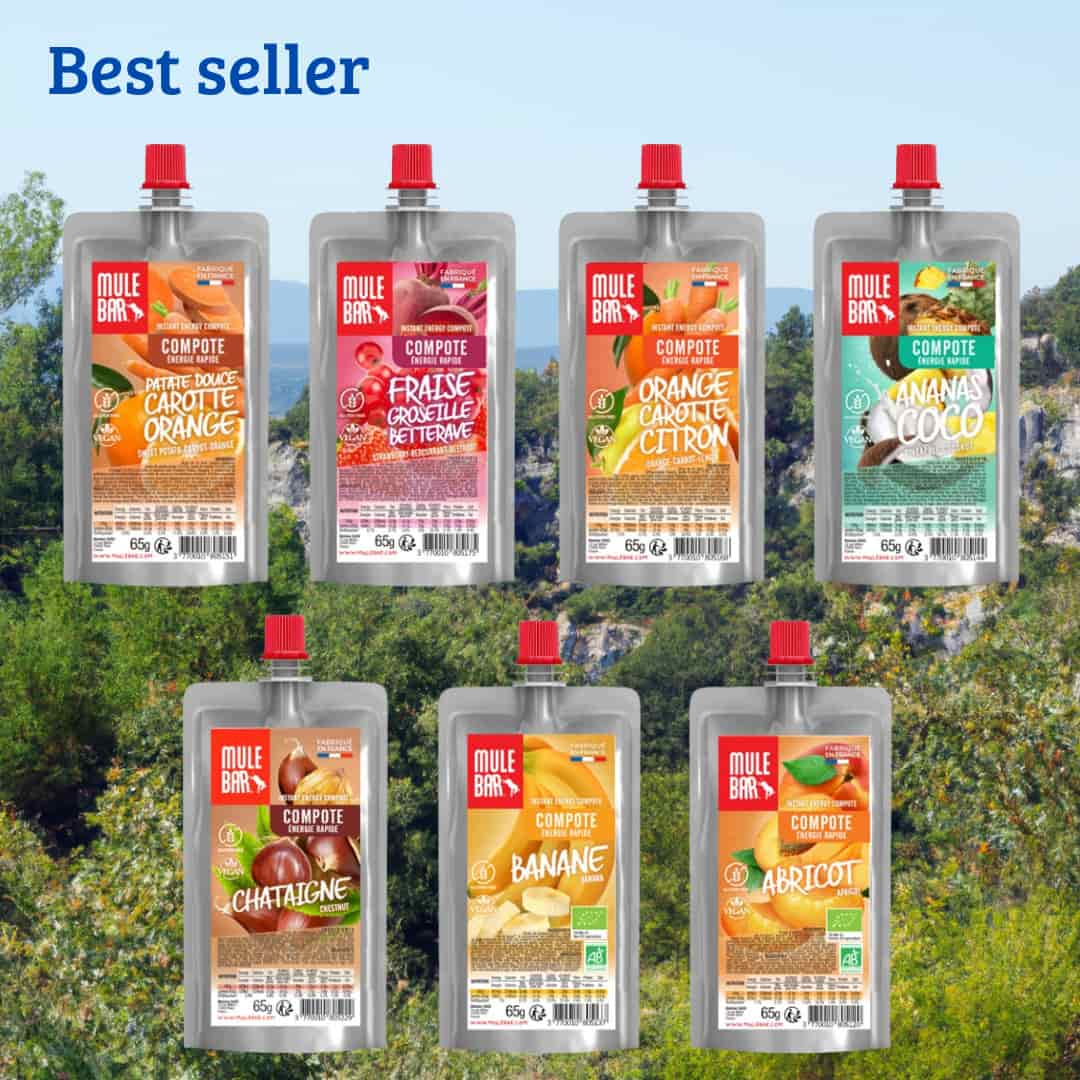
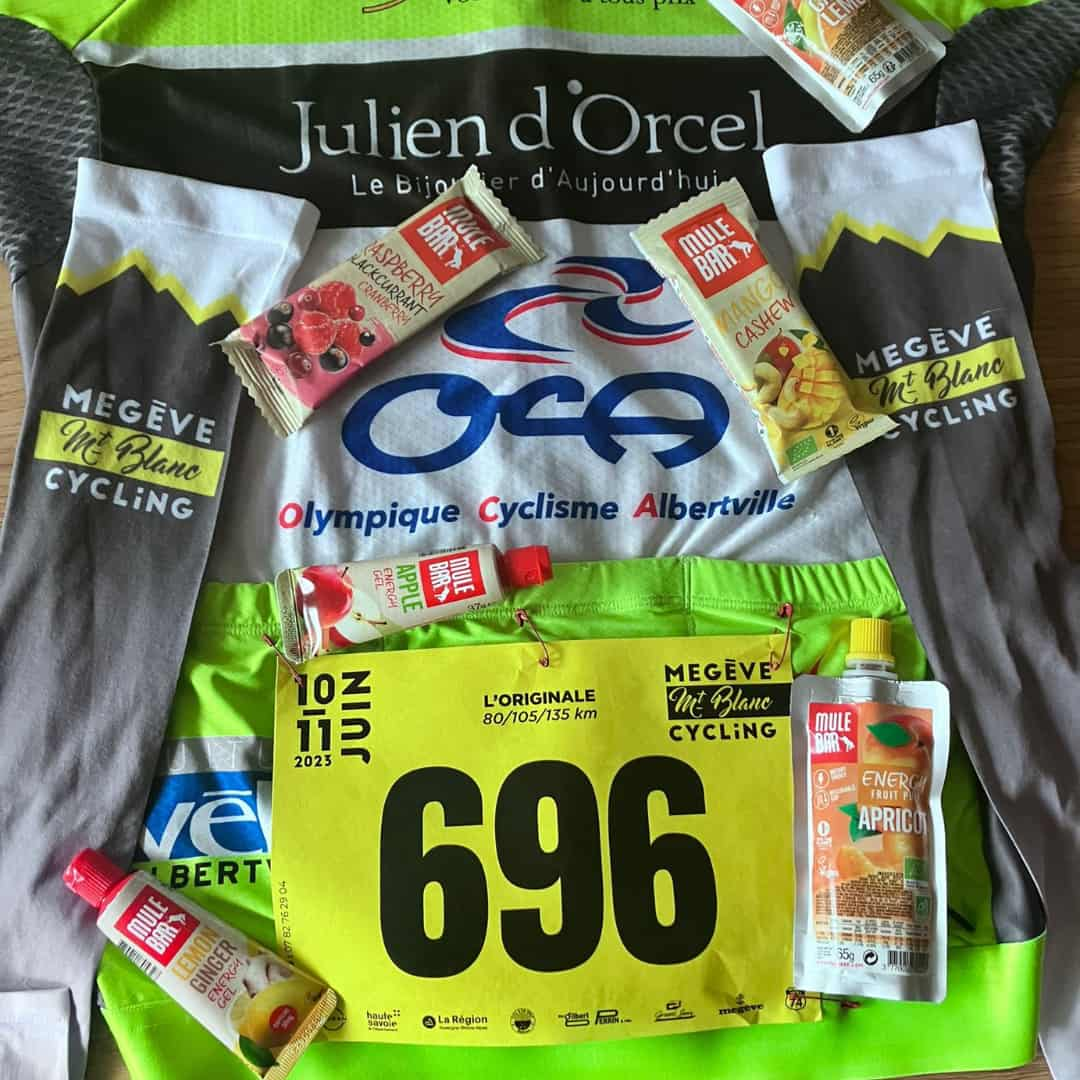
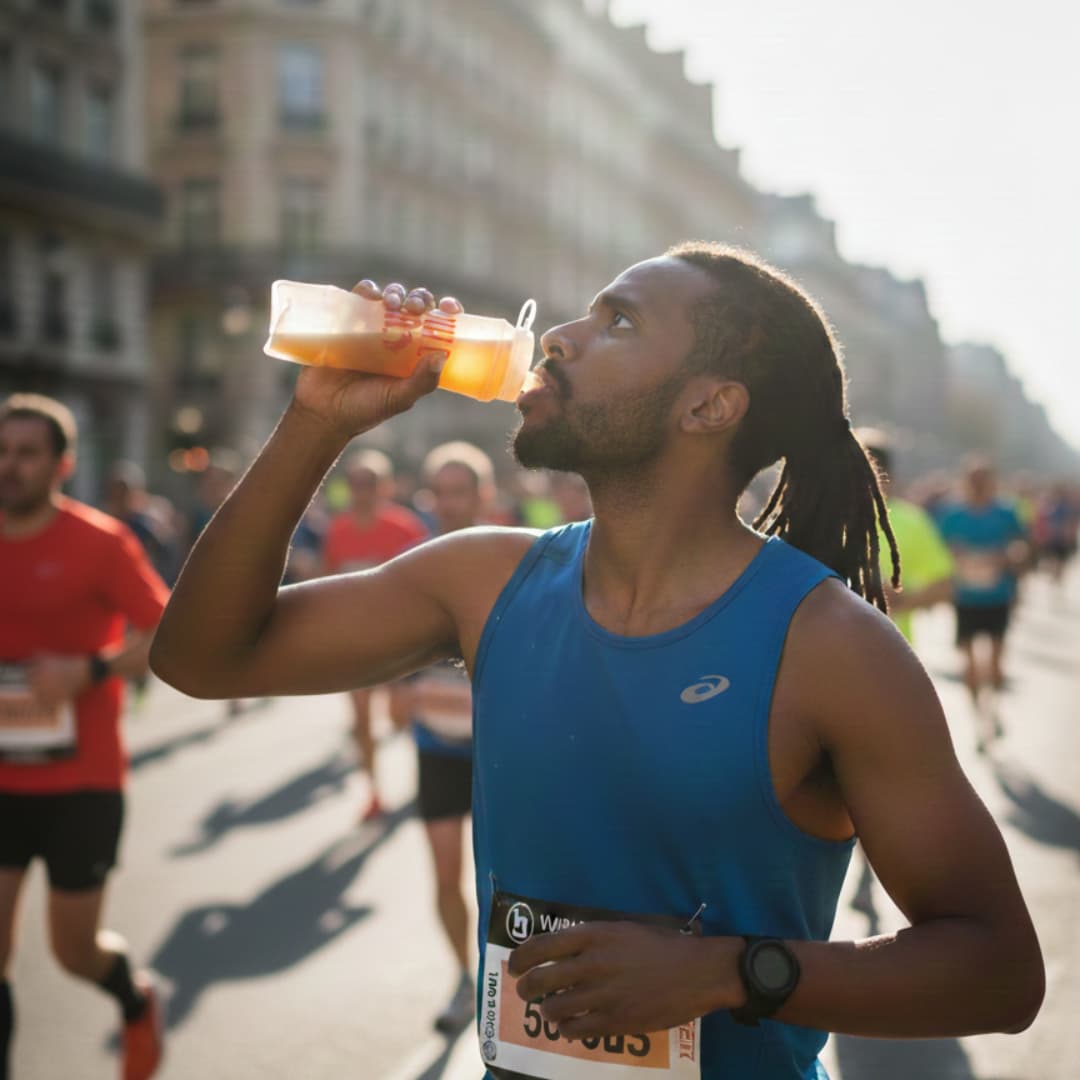
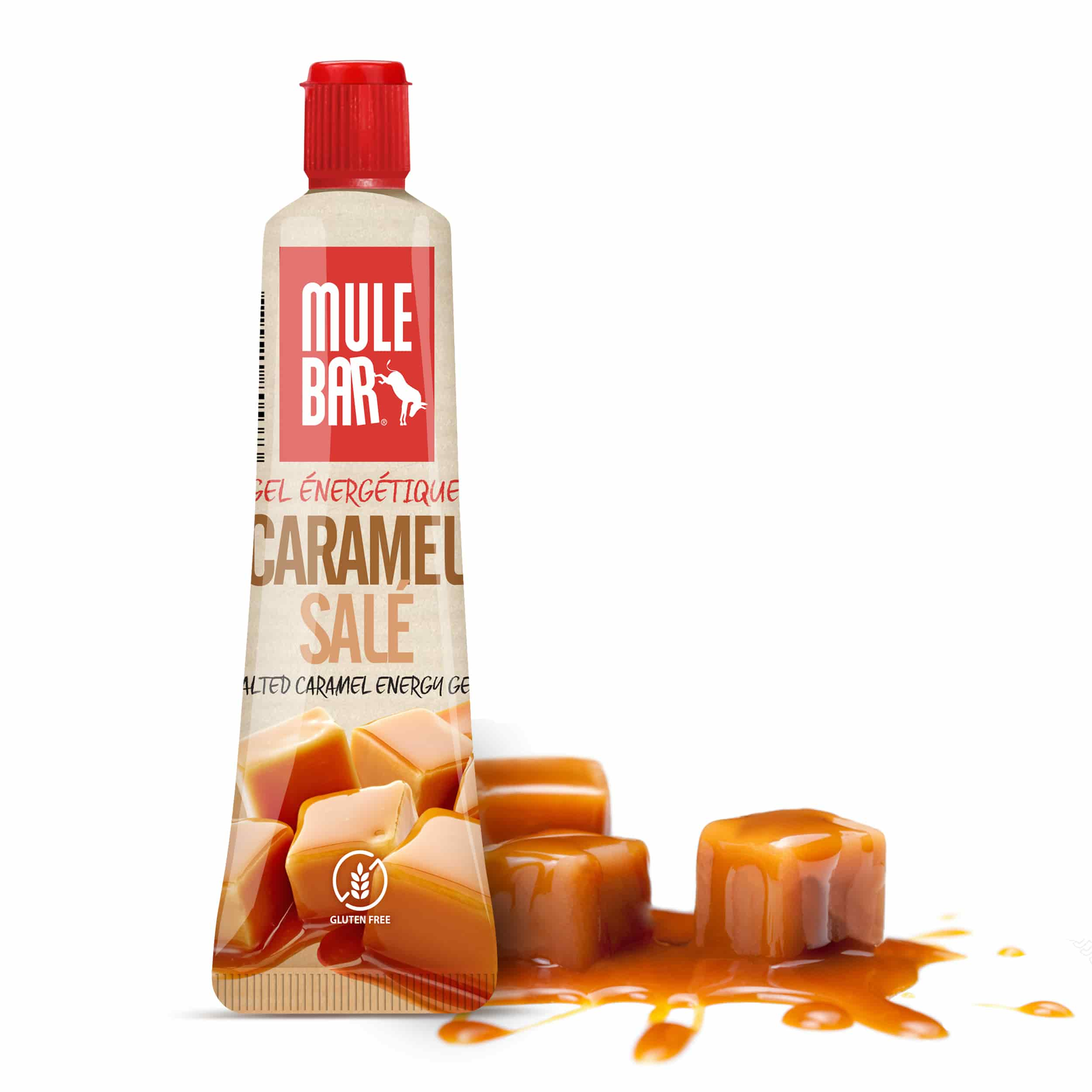
Leave a comment
This site is protected by hCaptcha and the hCaptcha Privacy Policy and Terms of Service apply.